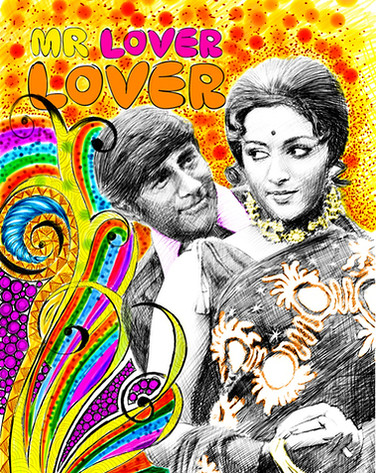





Anusha S. Yadav was born in London in 1975. She graduated in Communication Design from the National Institute of Design in Ahmedabad India. Anusha’s interest in photography began while still at design school. Subsequently, she attended University of Brighton to study photography.
After thirteen years of a successful career in graphic design and advertising, Anusha began working as an independent editorial and documentary photographer in 2006. Since then she has photographed several well known personalities and significant events all over the country.
The key strength of Anusha’s work lies in documenting people and events in natural and available light. Her pictures are not merely intended to make people or their environment look beautiful, but rather, to represent their/its presence and participation through the image. Consequently, her work has been described as narrative photography, with the power to trigger ideas and dialogue and being suggestive rather than illustrative. She also continues to design books, as that remains a constant incentive to create stories and drama with typography.
Her photographs have featured in publications like Verve, Mid Day, Times of India and Rolling Stones, among others.She is also represented by Getty Images/India for editorial content.Anusha lives and works in Mumbai, India.






























